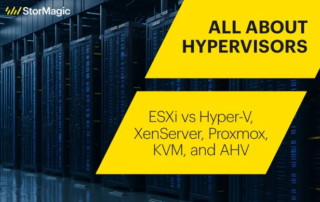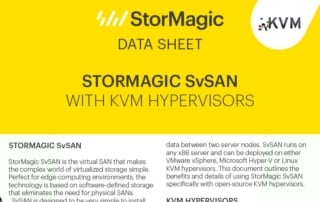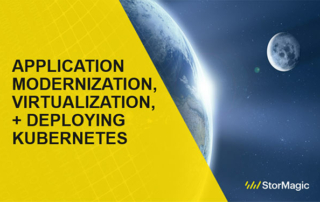All About Hypervisors: ESXi vs Hyper-V, XenServer, Proxmox, KVM, and AHV
In the ever-evolving landscape of Information Technology (IT), the role of virtualization has become indispensable, and at the heart of this transformative technology lie hypervisors. Also known as virtual machine monitors, hypervisors play a pivotal role in enabling the creation and management of multiple virtual environments on a single physical server. As organizations increasingly seek to optimize resource utilization, enhance [...]





